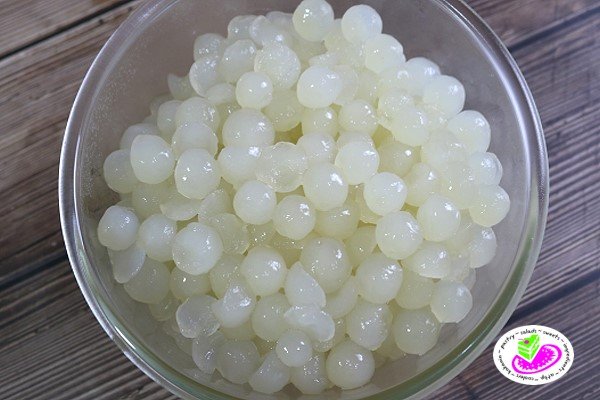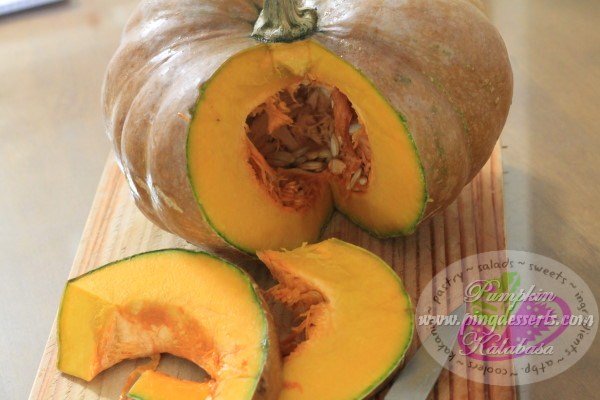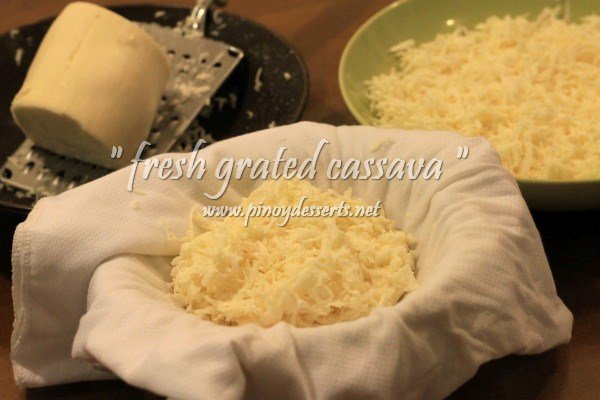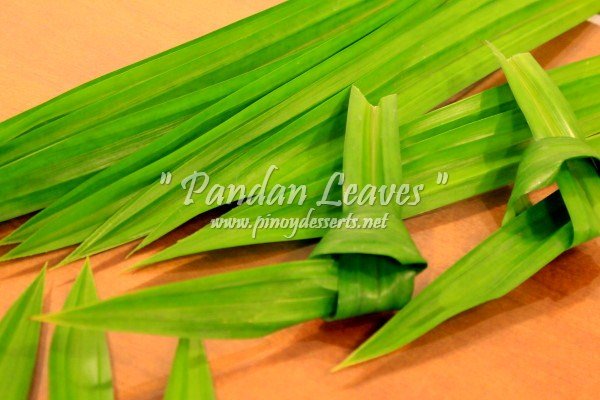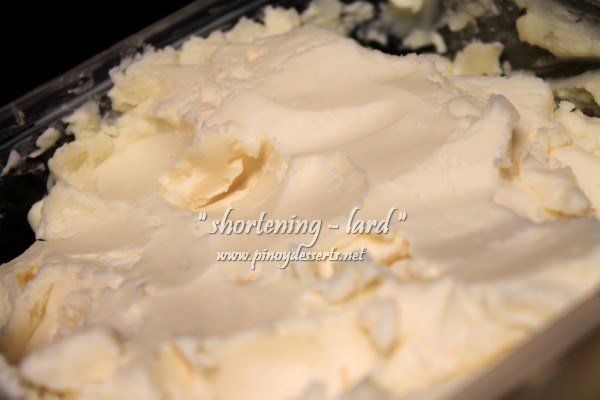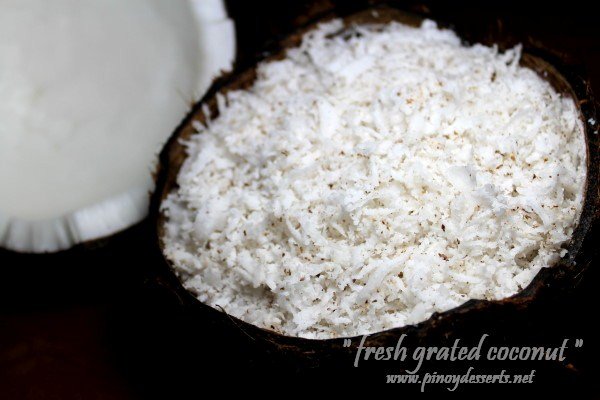How to prepare a perfect and well-cooked tapioca, sago all the time. How to Cook Big Sago. Sago is also known as Tapioca; it is a very versatile condiment mainly used by Filipinos for their kakanin, drinks, and other dessert recipes. It is made from tapioca flour, sugar syrup and form into tiny balls and…
Pinoy ingredients
Pumpkin “Kalabasa”
Pumpkin “Kalabasa” Pumpkin or Butternut Squash are very versatile in their uses for cooking. Most parts of the pumpkin are edible, including the fleshy shell, the seeds, the leaves, and even the flowers. When ripe, the pumpkin can be boiled, baked, steamed, or roasted. Pumpkins that are still small and green may be eaten in…
Cassava & Cassava Flour
Cassava is a long brown tuber that has a starchy white flesh. Cassava also called yuca, mogo, manioc, mandioca and kamoteng kahoy. Cassava-based dishes are widely consumed wherever the plant is cultivated; some have regional, national, or ethnic importance. Cassava must be cook properly to detoxify it before it is eaten. Cassava can be…
Pandan Leaves
Pandan Leaves are long and slender, blade-like green leaves of the pandanus palm. They impart a fresh floral fragrance and are used as an air freshener across Asia as well as to perfume desserts and rice dishes. Their intense green colour is also used as a natural food colouring. It is also used as…
Shortening
Shortening is any fat that is solid at room temperature and used to make crumbly pastry. The reason it is called shortening is that it prevents cross-linkage between gluten molecules. Cross linking gives dough elasticity. In pastries such as cake, which should not be elastic, shortening is used. Originally, Shortening was synonymous with Lard,…
Coconuts
Grated Coconut is obtained by grating fresh coconut flesh. To make your own, first open the coconut by tapping firmly on the center with a blunt end of clever until it cracks. Crack to separate the coconut and drain the coconut juice. Place the coconut halves in moderate oven for about 15 minutes until…

